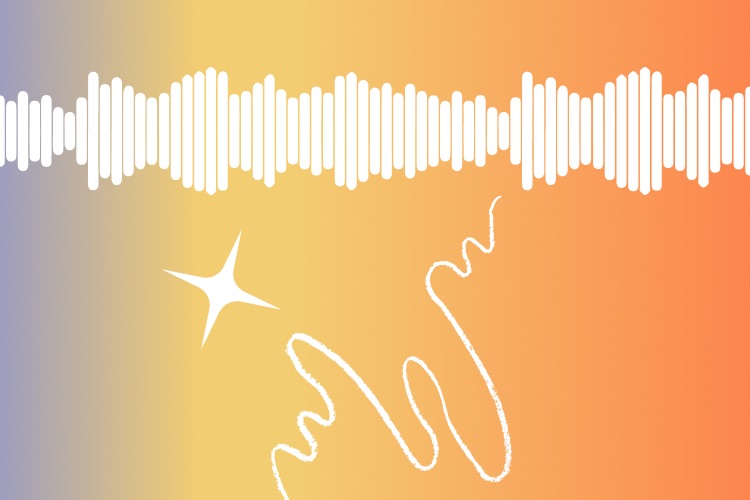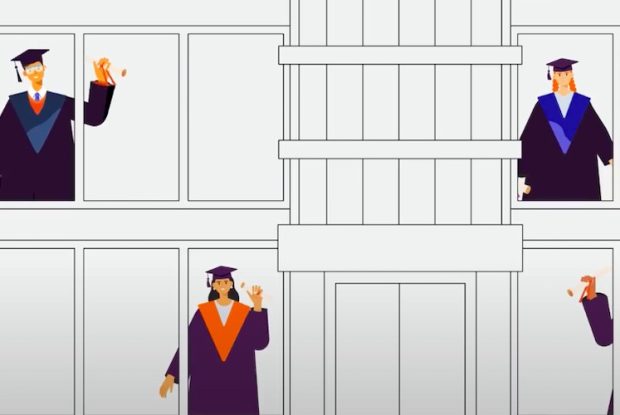Mirror Neurons
Neuroscientist Antonia Hamilton on transcranial magnetic stimulation, social relationships, and why people wit...

On June 24, 2015 PLOS ONE journal published a paper “Core and Shell Song Systems Unique to the Parrot Brain” describing the peculiarities of parrot brain, which are likely to allow the bird to imitate sounds and even human speech. We have asked the authors of the research, neurobiologists Dr. Erich Jarvis and Dr. Mukta Chakraborty, to comment on this work.
In this study we have dealt with a couple of questions that were lacking in our field. One of the major limitations in our understanding of what is unique about parrot brains was the fact that only one species of parrots has been studied so far, and that was the budgerigar’s. So we were limited in our understanding of how the parrot brain organization differs across from species to species. What we did in this study was that we were able to procure brains from 8 other different species, including the African grey and the blue and gold macaw and other – the species that are mush better imitators of human speech. There is a wide variety of species in parrots, and it’s not that all of the parrots are able to imitate human speech really well. We were lucky to get these brains and we wanted to look at what was unique and what was different in these different brains.
After combining all of these types of analysis we were looking at, multiple experiments that were done not only in our lab, but in other labs as well, looking at gene expression data and combining that with neural connectivity data, what we found is that the parrots have a song system embedded within a song system. And that is unique in parrots compared to all the other song birds and humming birds species that we have looked at, and all the birds that can imitate.
The inside song system, which we call ‘the cork song system’, was similar to what you find in song birds and humming birds. And this outer one we called ‘the shell’ was unique to parrots and bigger in species that have more advanced abilities to imitate. I lay it on top just to give you a little bit of background that these three groups of birds – parrots, song birds and humming birds – are the only ones that we know can imitate us, our vocalisations, including human speech, particularly parrots. All the other bird species like eagles or hogs, or pigeons, chickens and so forth cannot imitate. So, what happens is that these birds have a unique forebrain circuit that controls that imitation. And parrots have an extra one of those, compared to others.
A lot of the research has been done exclusively on song birds, and one of the most popular species of song birds that has been studied is zebra finches. If you go into our jarvislab.net website you will be able to find papers that have been published from our lab. Our lab has been a pioneer in advancing the field, the song bird neurobiology. This is why I came to work with Erik, because he’s one of those top pioneers in this field of song bird neurobiology.
And a lot of the initial work was focused on studies exclusively of this song bird species, the zebra finches, just because they breed well in captivity. You know, there are a lot of people who are interested in studying this species. It’s an Australian species, they breed well, you can maintain them in a lab, and you can do a lot of brain surgeries on these birds. So they’re really an amenable and tractable system, where you can do a lot of experiments with them. So the whole, I would say, consortium, or a group of song bird neurobiologists were focused on the studies of zebra finches. And there was a lot of studies that were done with other species, such as canaries, before.

So, going back to the history or the historical background of our field a lot of the studies are focused on these species. But not so much on the parrots. The only parrot species that was studied was the budgerigars. So, as I’ve said before, we were limited in our knowledge of the diversity. Some of the parrot species, the brains we were able to procure in this study, are endangered. The keas especially, is a species found in New Zealand, and it’s a very endangered species. So it was very hard for us to find those brains. So we were very lucky, because we had some really good collaborates from Denmark, the Netherlands, who were able to give us this precious brain tissue that allowed us to do the study, to take it forward.
Unless you do a comparative analysis across species, it’s harder sometimes to figure out the mechanisms, even in one species, of how the behavior works. And so lots of people have different hypothesis to why one species imitates sounds better that the other, why one species can imitate another species. They include things from bigger brain sizes to more neurons in some brain areas, to differences in the actual connections in the brain, to differences in the regulation of certain genes. And some of those may be true, but unless you really do a comparison across the species you won’t discover that. So what’s new about this study is that we really made that comparison more whole now. And we can conclude a hypothesis that one of the things contributing to these differences is an extra song system.
From a basic science prospective we’d like to test this hypothesis to whether this shell song system in parrots actually allows them to have that better ability to imitate human speech. To study those circuits, manipulate them, even try to enhance the birds’ ability to imitate.
The other is to try to find the genetic mechanisms that cause that extra shell system to appear. Is it because of genes have been duplicated, or some type of gene has been differentially regulated, or some kind of mutation? It also suggests to us – maybe human brains have also extra duplications of a pathway involved in vocal communication? So now we can go to human brains compared to these parrots, compared to non-human primates. Do we have something more of what the parrot has?
And then finally, some project we’ve been working on since even before we began these studies is can we test our hypothesis and cause this brain pathway to duplicate in the species itself. That is genetically engineer brain circuits to become more like a vocal learner in the species that doesn’t have the ability.

Neuroscientist Antonia Hamilton on transcranial magnetic stimulation, social relationships, and why people wit...

Culture of Medicine professor, David S. Jones, on the age of genomics, alternative ways to help society, and t...

Biologist Arkhat Abzhanov on geometric morphometrics, ancestors of modern birds, and mathematical principles a...